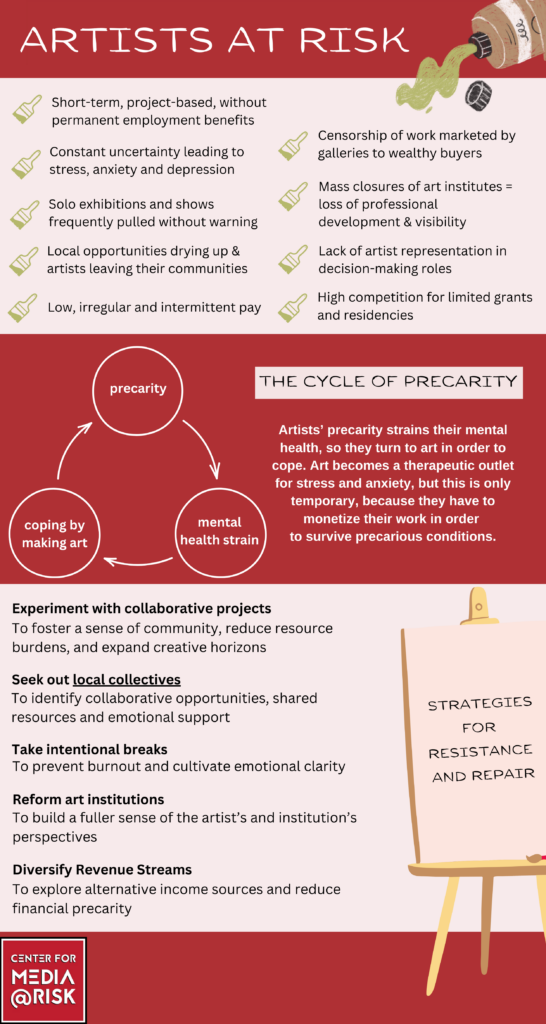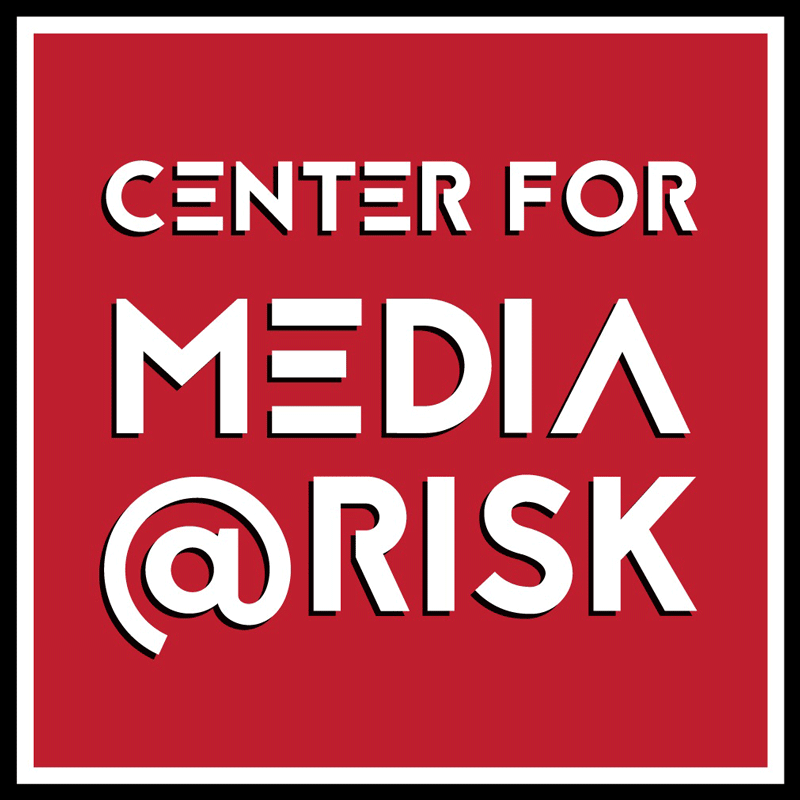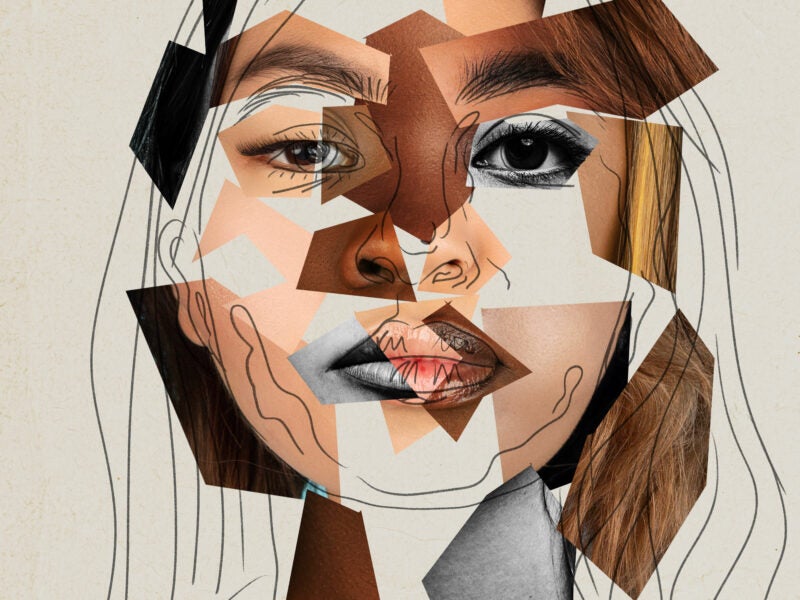Artists today face myriad challenges, from systemic inequalities and institutional instability to the mental health strain caused by precarious working conditions. Many navigate low pay, unreliable opportunities and the constant threat of professional marginalization. This precarious cycle limits artists’ capacity to create and perpetuates broader inequities in the art world. We must address these issues, foster sustainable practices and create supportive environments for artists. Drawn from in-depth interviews with artists working in the Philadelphia region, this infographic outlines the conditions contributing to artistic precarity, the cyclical mental health impacts and strategies for resistance and repair.

Nidah Mohammed is a doctoral student at the Annenberg School for Communication and a Steering Committee member at the Center for Media at Risk. Nidah studies art, emotion, and curiosity among Philadelphia’s artists and general community. She utilizes mixed methods to explore curiosity’s impact on the creative process and aims to engage the community in meaningful dialogue.


